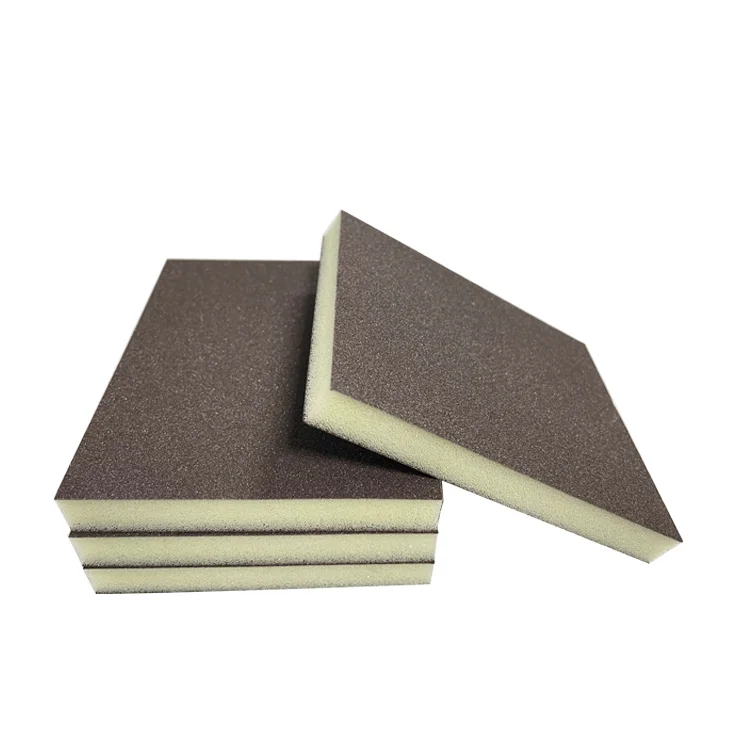Mechanical ventilation systems have become a cornerstone in modern building design, particularly in commercial and industrial settings. While these systems offer numerous advantages, such as improved indoor air quality and enhanced thermal comfort, it is crucial to also consider their disadvantages. This article aims to provide an in-depth exploration of the potential drawbacks associated with mechanical ventilation systems, helping stakeholders make informed decisions.
- High Initial and Operational Costs
One of the most significant disadvantages of mechanical ventilation systems is the high initial investment required for installation. The costs associated with purchasing equipment, ductwork, and control systems can be substantial. Additionally, ongoing operational costs, including energy consumption and maintenance, can further strain budgets. According to the U.S. Department of Energy, mechanical ventilation systems can consume up to 30% of a building's total energy use, making energy efficiency a critical consideration.
- Complexity of Design and Installation
Mechanical ventilation systems require careful design and precise installation to function effectively. The complexity of these systems can lead to challenges in achieving optimal airflow and pressure balance. Poorly designed systems may result in inadequate ventilation, leading to issues such as stale air and increased humidity levels. Furthermore, the installation process can be disruptive, requiring significant alterations to existing structures, which may not be feasible in all scenarios.
- Maintenance Requirements
Regular maintenance is essential for the efficient operation of mechanical ventilation systems. Filters must be changed frequently, and ductwork needs to be cleaned to prevent the buildup of dust and contaminants. Neglecting maintenance can lead to decreased system performance, increased energy consumption, and potential health risks due to poor indoor air quality. For facility managers, this translates into additional labor and costs, which can be a burden over time.
- Noise Pollution
Mechanical ventilation systems can generate significant noise, particularly if not properly designed or maintained. Fans, blowers, and ductwork can contribute to an uncomfortable acoustic environment, which may affect occupant comfort and productivity. In settings such as offices or healthcare facilities, excessive noise can lead to distractions and decreased performance. Addressing noise issues often requires additional soundproofing measures, further increasing costs.
- Potential for Air Quality Issues
While mechanical ventilation systems are designed to improve indoor air quality, they can inadvertently contribute to air quality issues if not managed correctly. For instance, if the system draws in outdoor air that is polluted or contaminated, it can introduce harmful particles into the indoor environment. Additionally, stagnant air in poorly designed duct systems can lead to the growth of mold and bacteria, posing health risks to occupants.
- Dependence on Power Supply
Mechanical ventilation systems are reliant on electrical power to operate. In the event of a power outage, these systems can fail, compromising indoor air quality and comfort. This dependence on electricity can be particularly concerning in regions prone to power disruptions. While backup power solutions exist, they add to the overall cost and complexity of the system.
- Limited Flexibility
Once installed, mechanical ventilation systems can be challenging to modify or expand. Changes in building usage or occupancy can necessitate system adjustments, which may require significant retrofitting. This lack of flexibility can be a disadvantage for buildings that anticipate future changes in use or occupancy levels.
Conclusion
While mechanical ventilation systems offer numerous benefits, it is essential to weigh these against their potential disadvantages. High initial and operational costs, complexity in design and installation, maintenance requirements, noise pollution, air quality issues, dependence on power supply, and limited flexibility are all critical factors to consider. Stakeholders must conduct thorough assessments and engage with experienced professionals to ensure that the chosen ventilation solution aligns with their specific needs and circumstances. By understanding these drawbacks, building owners and managers can make informed decisions that enhance both the performance and sustainability of their facilities.

